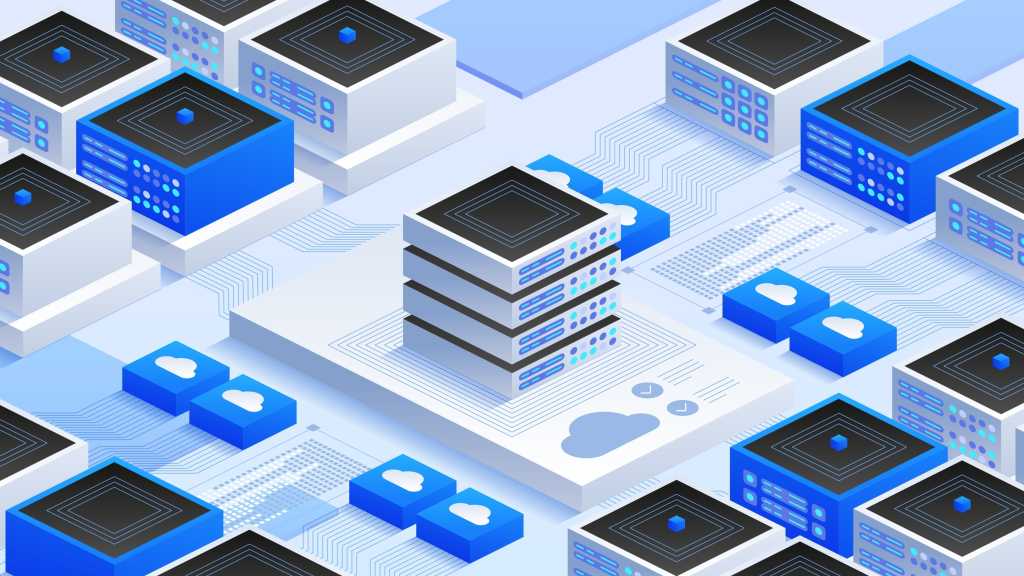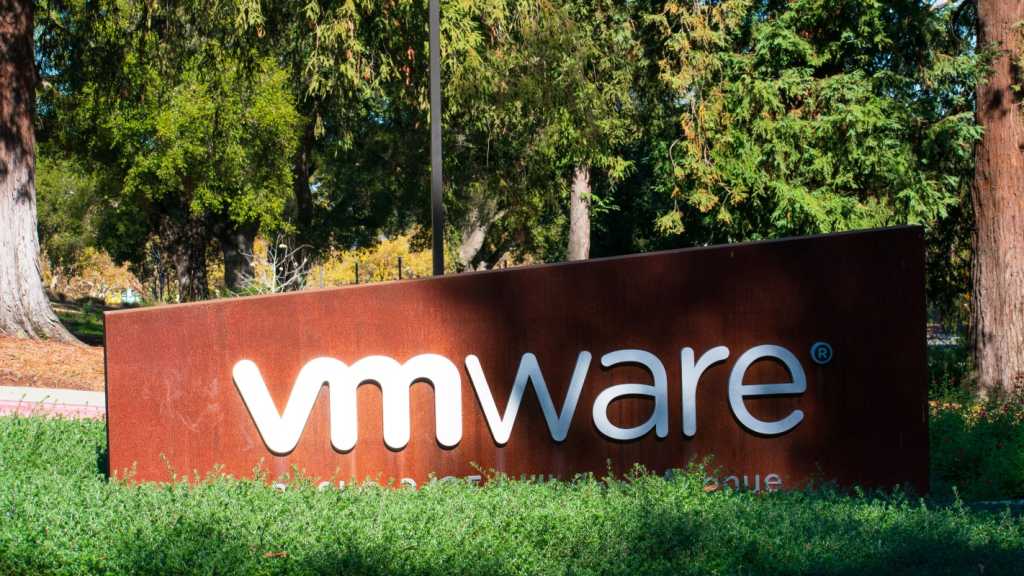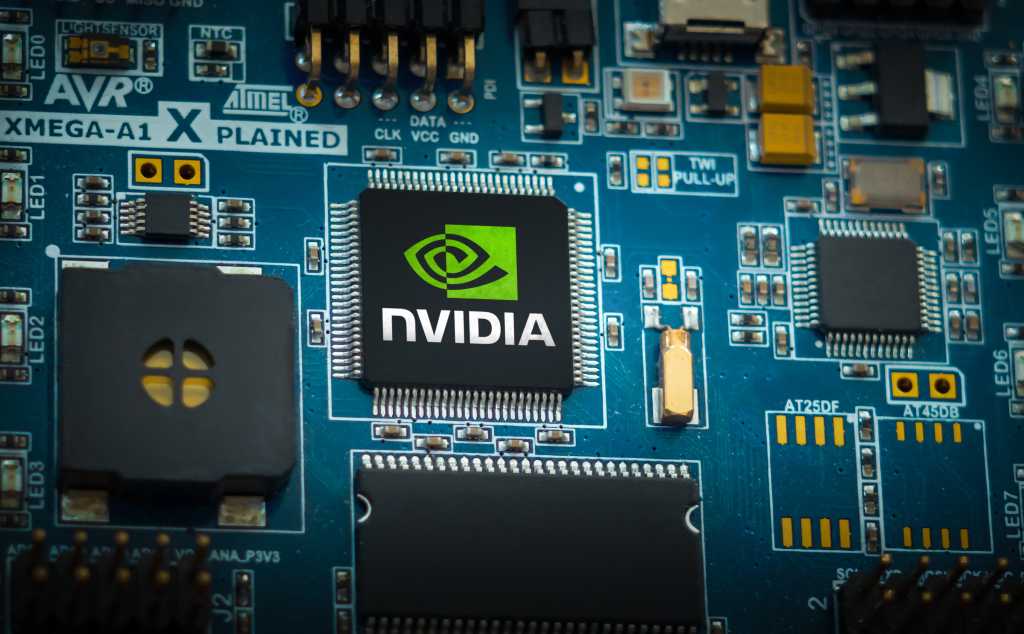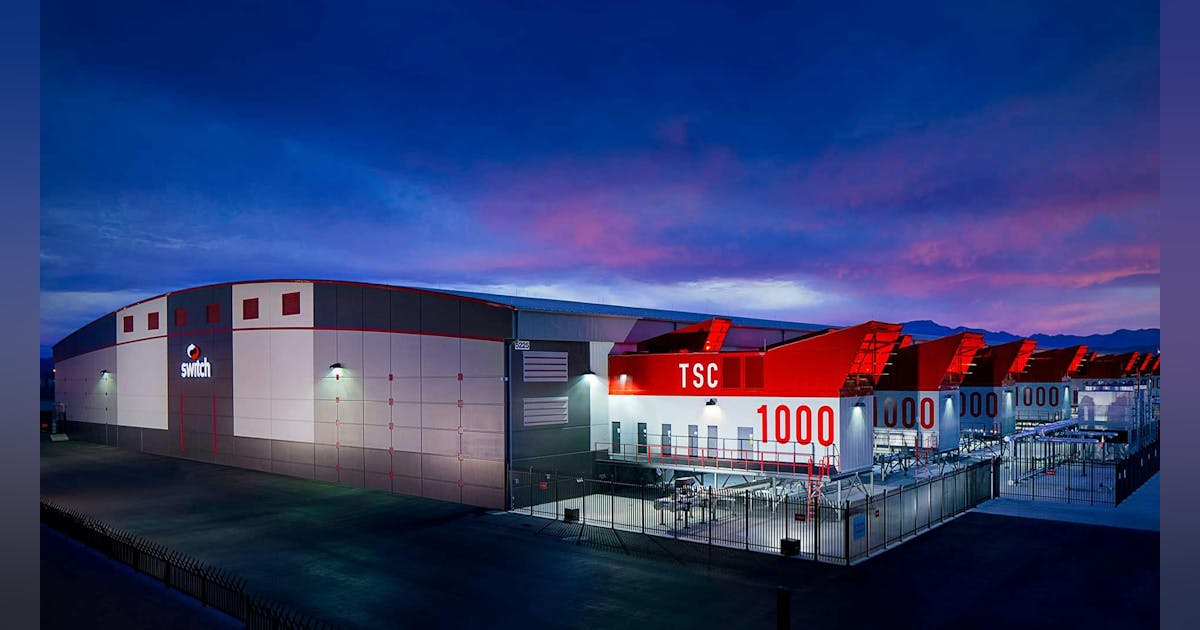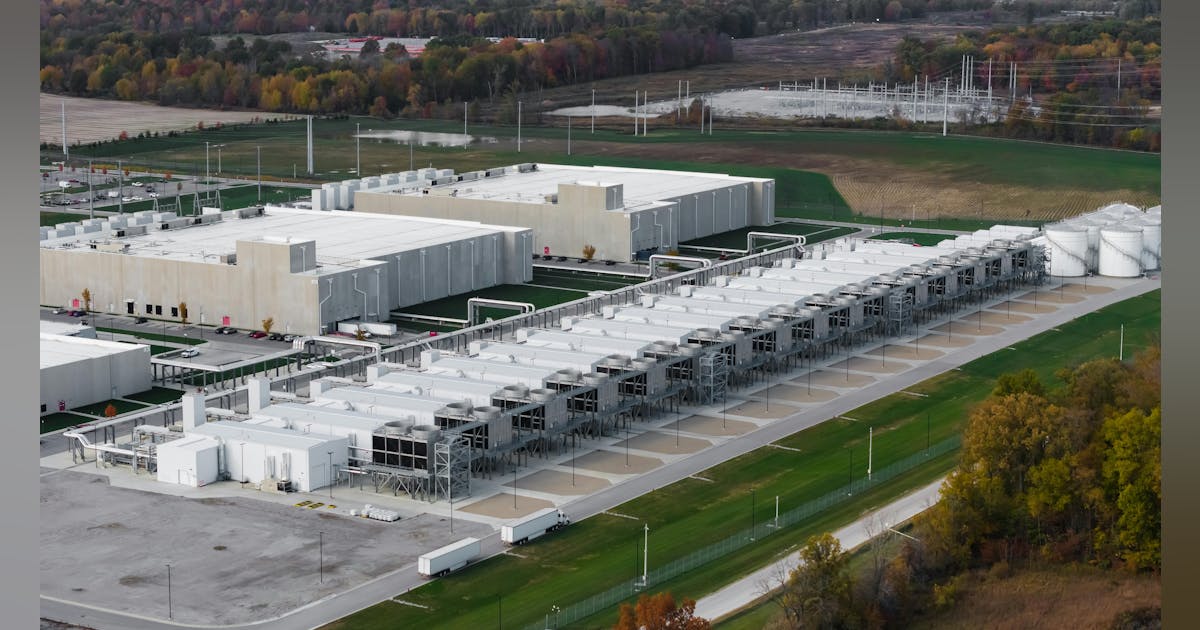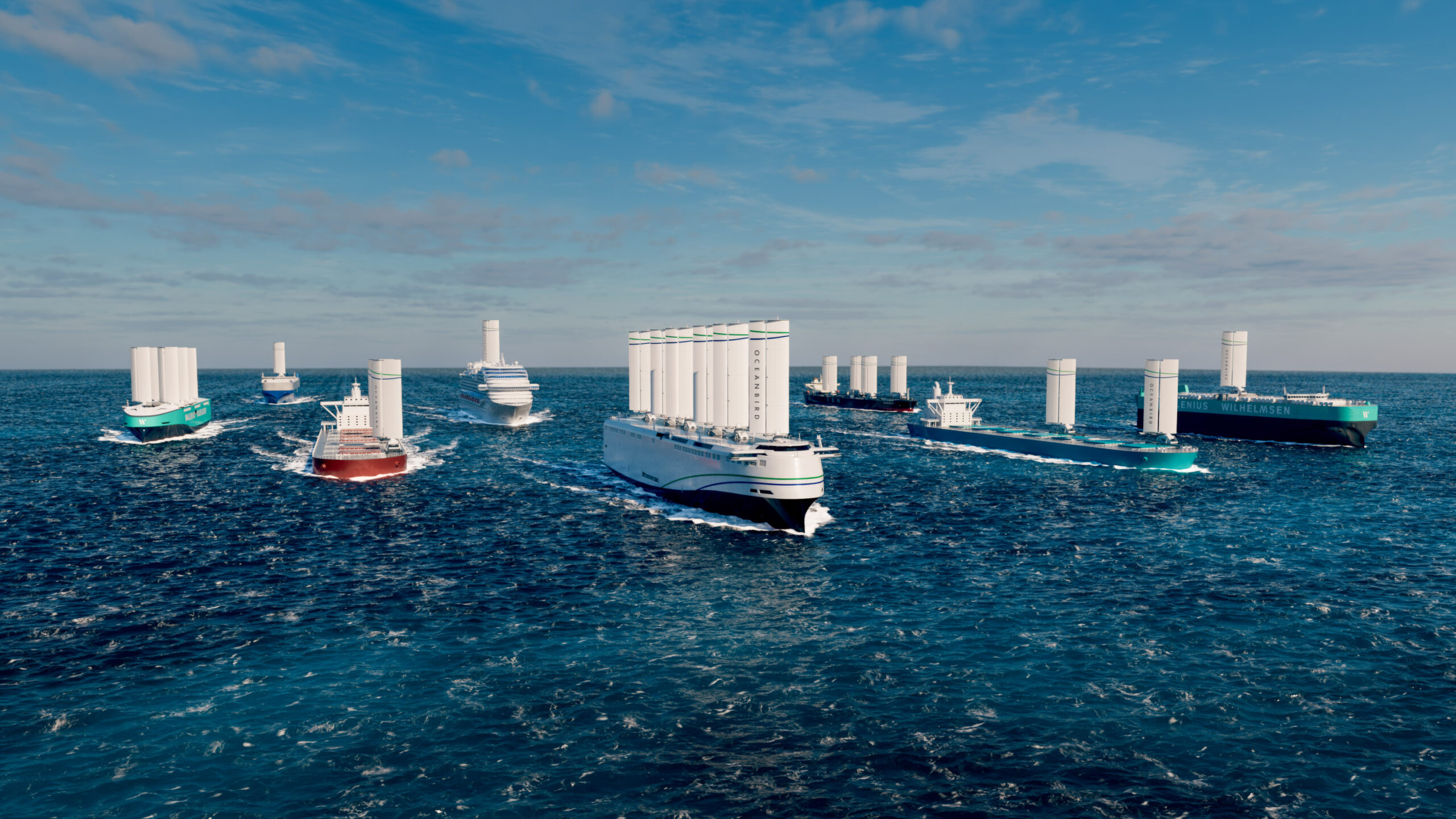
The new research center aims to tackle quantum computing’s most significant challenges, including qubit noise reduction and the transformation of experimental quantum processors into practical devices.
“By combining quantum processing units (QPUs) with state-of-the-art GPU technology, Nvidia hopes to accelerate the timeline to practical quantum computing applications,” the statement added.
Several prominent quantum computing companies, including Quantinuum, Quantum Machines, and QuEra Computing, will collaborate with the center. The center will also have Academic partnerships including those with the Harvard Quantum Initiative in Science and Engineering (HQI) and the Engineering Quantum Systems (EQuS) group at the Massachusetts Institute of Technology (MIT).
The center will leverage Nvidia’s CUDA-Q quantum development platform to facilitate the creation of hybrid quantum algorithms and applications, addressing the complex integration of GPU and QPU hardware, the statement added.
Industry implications
Analysts suggest Nvidia’s approach represents a strategic departure from how other tech giants are tackling quantum computing challenges.
“Nvidia’s approach differentiates from peers like IBM, Google, and Microsoft by focusing on integration rather than qubit development,” said Sanchit Vir Gogia, chief analyst and CEO at Greyhound Research. “While others focus on quantum hardware and error correction, Nvidia is doubling down on hybrid quantum-classical computing architectures. Their CUDA framework provides a unified programming model that works across quantum simulators, GPUs, and QPUs regardless of vendor — creating an integration-first approach that leverages their existing strength in AI and accelerated computing.”


